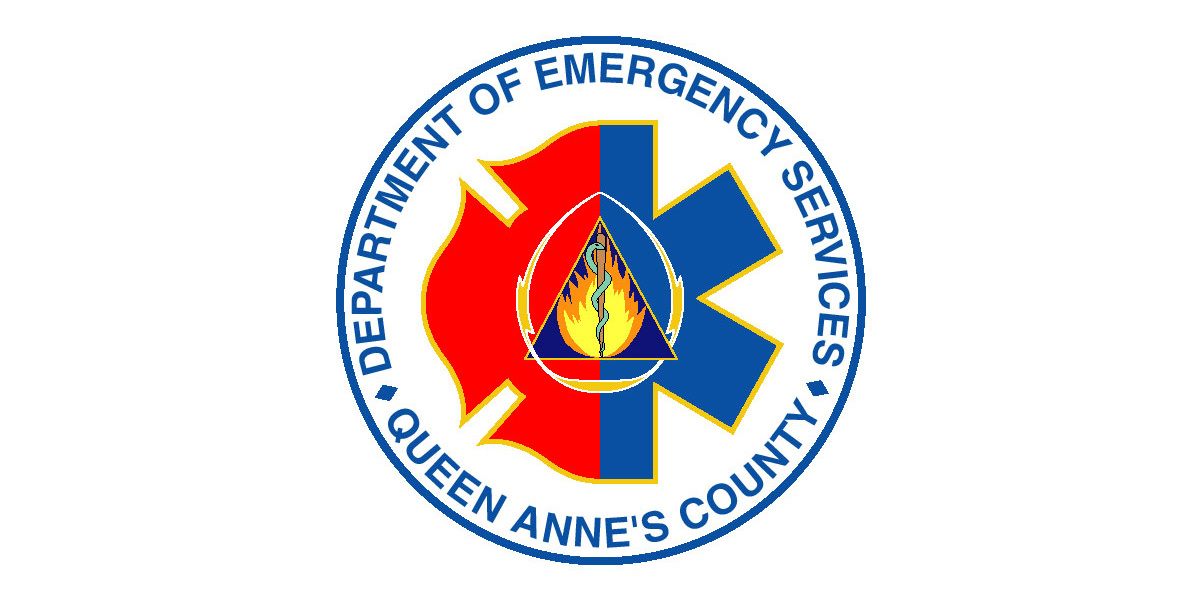Integrated workflows ease staff burden and satisfy regulatory mandates.
Queen Anne's County, Md.—Washington, D.C.’s Gateway to the Atlantic—Leads State in Equipping EMS with Mobile Access to Patient Medication History

Gives paramedics and EMTs rapid, secure access to life-saving medication history and secure communications with ER, doctors, and hospitals
Rockville, Md. – Rapid access to medical care often means the difference between life and death during emergency calls for serious traffic accidents, heart attacks, and strokes. Queen Anne’s County Department of Emergency Services is the first in Maryland to take advantage of a state budget provision to help speed time to care and protect patients from adverse drug events during emergency calls.
Maryland’s program enables counties to implement Backline for EMS, an award-winning care collaboration platform by healthcare technology pioneer DrFirst. Queen Anne’s County paramedics and emergency medical technicians (EMTs) now have real-time access to patients’ medication histories and can send secure messages to local hospitals.
The county covers a major transportation artery in Maryland—the only direct eastern route from the nation’s capital, Washington, D.C., and its heavily populated surrounding areas to the Atlantic coast—with Route 50 leading to popular vacation destinations and Route 301 leading north to Wilmington, Philadelphia, and New York. “We’re pleased to be the first county in Maryland to equip our EMTs with this ability to care for the local population and address emergencies among the millions of visitors passing through our county every year,” Steve Wilson, a Queen Anne’s County Commissioner, remarked.
Paramedics and EMTs can use Backline to scan barcodes on the back of a patient’s driver’s license to confirm his or her identity and access medication history for the last six months. Having this information reduces the risk of adverse medication reactions, especially for patients who are unconscious or unable to recall details of their prescribed meds. Emergency responders can securely transmit patient information when they are on the way to the hospital, including a photo of the insurance card when available, to help clinicians start treatment sooner.
“Knowing a patient’s medication history on the spot can aid EMTs with patient assessment accuracy and critical decision-making where minutes matter,” said Joseph Ciotola, M.D., medical director for the Queen Anne’s County Department of Emergency Services. “The instant collaboration via remote updates from EMTs can improve Emergency Department readiness too. When patients are not able to communicate or are hindered by their condition, this means faster, safer treatment.”
Access to medication history is particularly important, according to Scott Wheatley, assistant chief of EMS for Queen Anne’s County Department of Emergency Services. “Easily checking medication history and communicating with key providers in real time, all accomplished from a cell phone, is critical,” he said. “You don’t need to take time-consuming extra steps to reach data, convey data and make decisions. While we have a free-standing ER in the county that we can utilize, we also have to do longer transports to hospitals, requiring more paramedicine interventions. Backline for EMS is a technology that will allow us to deliver definitive care quickly and safely in many transport scenarios, and also improve documentation and reporting.”
Nonprofit MedChi, The Maryland State Medical Society, is an ongoing proponent of EMS access to services and tools that facilitate highly responsive care. “In Queen Anne’s County with its critical highway infrastructure, systems are growing, and medic unit capacity is often taxed by demands,” said MedChi CEO Gene Ransom. “Implementing Backline helps physicians support a dedicated and innovative EMS and vice versa. That’s a win for everyone. I think the state funding initiative of this project will save lives, and I’d like to see expansion.”
Queen Anne’s County EMS represents the future of responsive healthcare, according to G. Cameron Deemer, president of DrFirst. “By using ground-breaking mobile technology to get critically needed medication information about their patients and by shortening time to care when seconds matter, the county is leading the way for the state and the nation,” he said.
About DrFirst
Since 2000, DrFirst has pioneered healthcare technology solutions and consulting services that securely connect people at touchpoints of care to improve patient outcomes. We create unconventional solutions that solve care collaboration, medication management, price transparency, and adherence challenges faced in healthcare. We unite the Healthiverse—the interconnected healthcare universe—by providing our clients with real-time access to the information they need, exactly when and how they need it, so patients get the best care possible. DrFirst solutions are used by nearly 300,000 healthcare professionals, including more than 100,000 prescribers, nearly half of the EHRs in the U.S., and more than 1,400 hospitals in the U.S. and Canada. To learn more, visit www.DrFirst.com or follow @DrFirst.
Contact
Alessandra Nagy
alessandra@bospar.com


